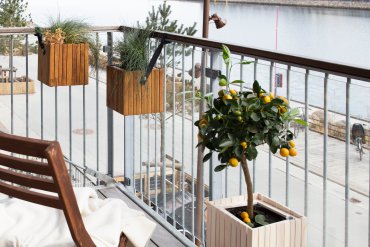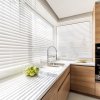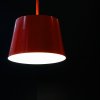Have you thought about what you like about your apartment? Did you ever ask yourself why you bought the furniture or decorations? An old saying says that the fish is the last to see water, so there are things that are too obvious to see. It's the same with your apartment you set up. When you ask about the decor, you'll probably miss the floor, wall, windows and doors. However, each of our choices was based on three levels. What's that? See for yourself by reading on!
3 reasons why you buy items
When H. Belanger bought the German mineral water Apollinaris because of the shape of the bottle, he didn't know that its original mechanism was the one that made the decision to buy, because there was an immediate reaction "I like it, I want it". Here are 3 levels of design that relate to different factors.
1. design for the original level, i.e. because of its appearance
2. design for the behavioural level, i.e. in terms of usability and pleasure.
3. design for a reflective level, i.e. for personal gratification, memories
Can trivial objects, which at first glance have only a functional function, make us feel emotionally bound?
When Donald A. Norman entered the Cafe des Architectes at lunchtime at the Sofitel Hotel in downtown Chicago, he saw a whole wall of bottles of water that could be bought at the supermarket. The bottles looked like works of art, luring with shape, colour and the play of light. Why the wonder of such a mundane object? Customers of the TyNant water producer declare that they also use water bottles as vases or decorations. Thus, they have established an emotional bond with the company.
Attractive items are easier to handle?
When Noam Tratinsky was conducting the experiment, he was embarrassed. It was obvious that we chose objects that were prettier than the uglier ones, but the experiment showed something completely strange. Musaaki Kurosu and Kaori Kashimura conducted an experiment in 1995 that proved that we consider nicer things to be easier to use. Two ATM systems, i.e. panels with buttons in ATMs, were used for the experiment. The two did not differ in terms of the number of buttons, function and operation. The only difference was the way the buttons were arranged. These attractively positioned test subjects found them easier to use.
Subsequent experiments by Noam Tratinsky in Israel were supposed to show that it depends on a given culture and nationality. It turned out, however, that the mechanism works exactly the same for Israelis, as he thought it worked for action-oriented people, as for Japanese people known from the sense of aesthetics.
What influences the perception of nice things as easy to use?
So how come we have a correlation between these factors? Is there any mystical dependence in the solution to the mystery? Well, no! It has been known for a long time that stressed people cannot think creatively like happy peers. In addition, they have a narrower area of vision focused on the problem rather than its solution. In order to stop this process, it is enough to give the person sweets or play a funny video. The same mechanism works when using beautiful objects, when looking at them, we feel better and we are better at solving problems, so the handling of a given object comes easier.
Furniture in your home - practical or nice?
William Morris in the Beauty of Life said:
"If you want a golden rule that suits everyone, here it is: don't keep anything at home that you don't think is useful or beautiful."
However, there are factors that affect the primary layer, so there are situations and objects that affect us that give us a sense of security, food and warmth.
See what you can use for interior decoration:
- warm, cosy, lighted place
- bright, saturated colours
- symmetrical objects
- rounded, smooth objects
- "sensual" feelings, sounds and shapes
Also check
- March 14, 2022
Bei der Fällung eines Baumes ist die richtige Arbeitstechnik äußerst wichtig. Sie dienen dazu, sichere Arbeitsbedingungen zu gewährleisten und die Effizienz zu steigern. 1...
Read more- June 26, 2019
Own garden is a dream of many people. Relax in the greenery, silence, beautiful flowering flowers or fresh herbs.... Unfortunately, not everyone has the possibility to have...
Read more



















